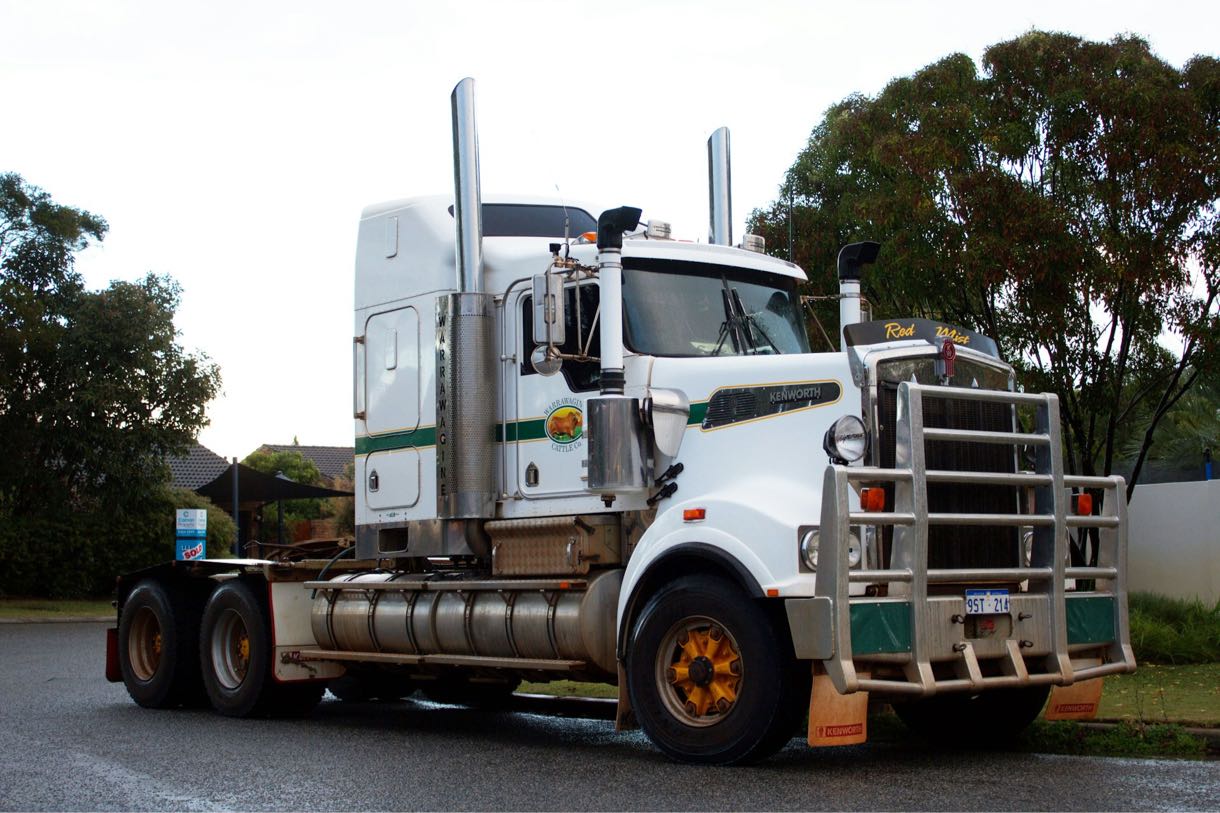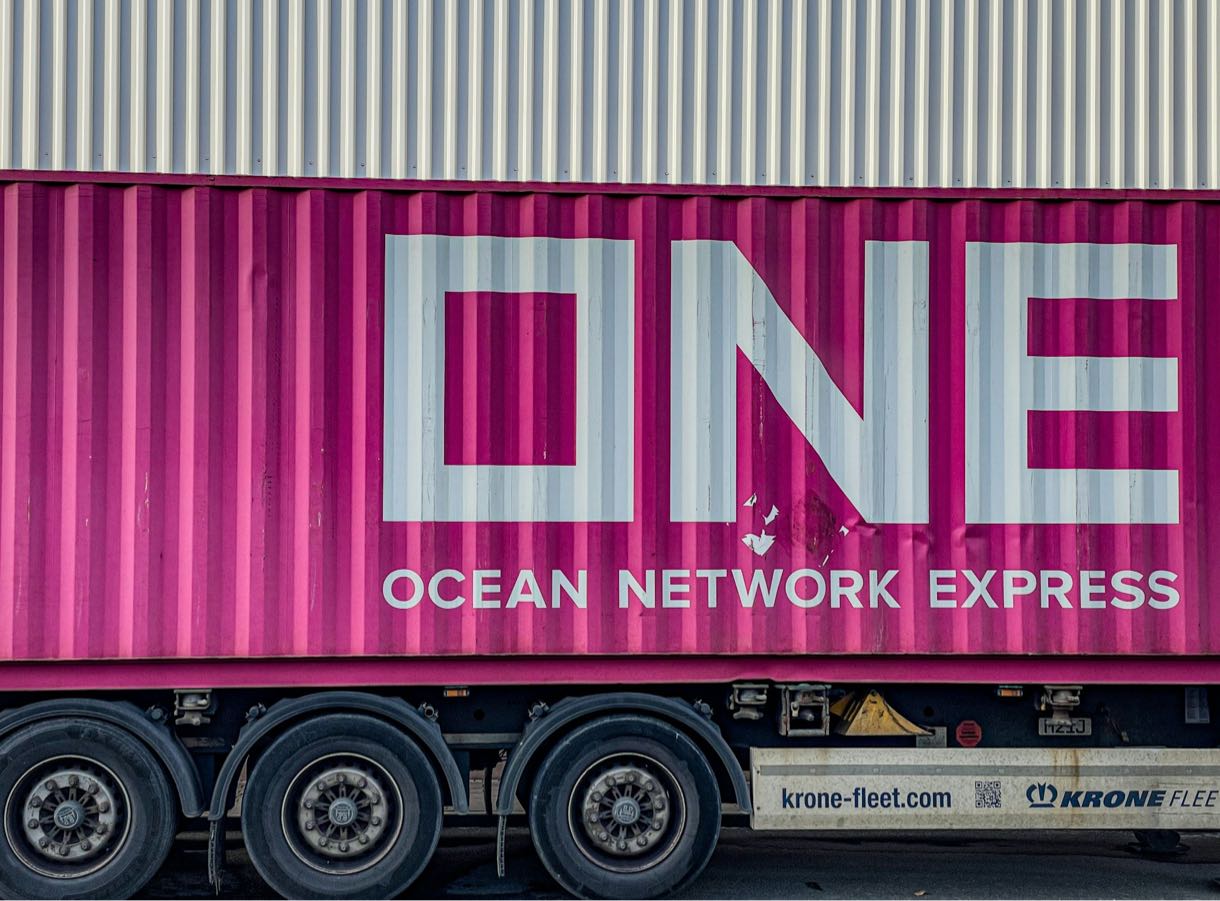The Drug & Alcohol Clearinghouse of the Federal Motor Carrier Safety Administration (FMCSA) has implemented substantial improvements in the monitoring and enforcement of drug and alcohol restrictions in the trucking industry. These changes have implications for the industry as a whole. The urgent need for commercial drivers to comply with these laws before the deadline in November is discussed in this blog post, which goes into the essential particulars of these regulations.
According to the most recent reports from the FMCSA, a serious problem exists: according to the Drug and Alcohol Clearinghouse, there are now 163,318 commercial drivers who are “prohibited” from operating vehicles. This is because of offenses that they have committed. Due to the fact that the deadline for these drivers is November 18, 2024, they need to take immediate action in order to avoid serious repercussions, which may include the suspension or revocation of their driving rights.
Understanding the ‘Prohibited’ Status Drivers are not permitted to operate commercial vehicles on public highways because of the “prohibited” status given to them. Taking this action is a component of a more comprehensive plan that aims to guarantee that only drivers who comply with regulations are operating commercial vehicles, therefore improving the safety of the roads for everyone.

In order to have their commercial driving privileges back, drivers who have offenses listed in the FMCSA’s Drug & Alcohol Clearinghouse and are placed in a “prohibited” status must go through the Return-To-Duty (RTD) process. This extensive procedure is intended to guarantee that drivers who have tested positive for drugs or alcohol may exhibit their dedication to safety and compliance prior to returning to work. A Substance Abuse Professional (SAP) must assess the driver as part of the RTD process’s first stage. Based on the seriousness of the infraction, the SAP will recommend the appropriate course of treatment or education for the driver.
After the evaluation, there are a few crucial phases in the RTD process that need to be carefully completed in order to have your CDL status back. The driver is required to finish the treatment or education program as directed by the SAP. This may entail going to counseling sessions, participating in treatment programs, or taking educational courses about drug misuse. Following program completion, the driver needs to clear a drug and alcohol test before they may get back on the road. The driver can only move on to the next level, which entails a period of unannounced follow-up testing to guarantee continued compliance, if the test results are negative.
- Evaluation by a Substance Abuse Professional (SAP): The SAP evaluates the driver’s unique situation and recommends a course of treatment or instruction. This customized approach guarantees that the rehabilitation process is appropriate for the kind and degree of the drug misuse problem.
- Completion of Prescribed Program: The driver could have to finish a number of treatments or educational courses, depending on the results of the SAP’s evaluation. These courses aim to deal with the underlying reasons of drug misuse and provide drivers with the knowledge and skills they need to stay out of trouble in the future.
- Return-to-Duty Testing: A drug and alcohol test must be taken by the driver following the completion of the recommended program. The driver must pass this exam in order to be cleared to continue driving professionally under strict supervision.
- Follow-Up Testing: Drivers are put to a series of random tests over a period of up to five years in order to make sure they continue to comply with drug and alcohol laws. The integrity of the commercial driving sector and the preservation of safety standards depend heavily on this period.
Each of these actions is necessary to uphold the safety procedures in the trucking sector as well as to facilitate the driver’s reinstatement. Drivers show their commitment to upholding a drug-free and safe driving environment by following the RTD process. This aids in not just their professional comeback but also the reestablishment of community and safety regulator trust.

Clearinghouse-II, which will take effect on November 18, 2024, will increase the level of scrutiny that is applied to drivers who have a “prohibited” status. The State Driver’s Licensing Agencies are required by this regulation to take measures to guarantee that drivers who are in violation of this rule do not keep their licenses, therefore prohibiting them from engaging in potentially hazardous driving.
Enhanced Enforcement and Compliance The coordinated efforts of several stakeholders, such as employers, State Driver’s Licensing Agencies (SDLAs), and law enforcement, to successfully implement these requirements are addressed here. The partnership seeks to guarantee an uninterrupted exchange of information and enforcement measures that properly follow FMCSA regulations. Employers are vital to the Clearinghouse because they regularly query the database to see if potential and current hires are in compliance. To make sure that those with a “prohibited” status are promptly found and kept from obtaining commercial licenses, SDLAs are entrusted with the duty of updating and keeping correct driver status data. Using the data from the Clearinghouse, law enforcement officers may enforce road compliance by making sure that drivers who have a “prohibited” status are not driving automobiles, protecting public safety.

Employers and drivers must both take preventative action in order to lessen the effects of these laws. To maintain a spotless record in the Clearinghouse, this entails routine inspections and adherence to drug and alcohol testing regulations. Employers in particular may make a big difference by putting in place strict corporate compliance systems that involve testing on a regular basis as well as driver education and training. By making sure that all staff members are aware of the dangers and repercussions of non-compliance, these initiatives help to promote a culture of safety and accountability.
Additionally, implementing technological solutions may greatly support compliance initiatives. One way to expedite the process is to integrate tools for tracking and managing Clearinghouse data and test results. This makes it possible for documents to be accessed quickly and easily, guaranteeing that compliance checks are current and that any anomalies are promptly resolved. In addition to lowering human error, automating these procedures improves the efficacy and efficiency of monitoring initiatives.
Key Points for Preventive Measures and Industry Response
- Regular Testing and Monitoring: All commercial drivers must be subjected to routine drug and alcohol testing. This preventive action serves to preserve public safety on the highways in addition to guaranteeing adherence to FMCSA standards.
- Educational Programs: Regular training courses on the dangers of drug and alcohol use while operating commercial vehicles should be held by employers. Drivers should learn about the ramifications of failing tests on a personal and professional level, as well as the legal ramifications, during these sessions.
- Use of Technology: The administrative load may be significantly decreased and accuracy can be increased by implementing cutting-edge software solutions that automatically monitor compliance data. These tools ought to notify users of impending tests and highlight any possible compliance difficulties before they become bigger issues.

Ensuring complete compliance with the strict standards set out by the FMCSA is crucial for all trucking sector stakeholders, particularly as the November deadline draws near. Serious legal repercussions for both drivers and businesses, as well as major interruptions to logistical operations, are possible outcomes of non-compliance. This rule attempts to protect the integrity of the transportation sector in addition to improving road safety. Companies may save money by following these guidelines and keep their good reputation in the marketplace, all while avoiding the expensive process of handling infractions. Thus, it is imperative that all parties—from small-time truckers to major freight companies—take proactive measures right once to make sure their operations comply with FMCSA regulations and promote a safer driving environment.

With an A+ BBB rating and excellent customer feedback, Ship A Car, Inc. is prepared to help with all of your vehicle transportation needs. Well-known for their dedication to client satisfaction, they provide customized solutions to satisfy each client’s unique needs, guaranteeing a smooth and stress-free shipping experience. Ship A Car, Inc. has the knowledge and resources to handle any type of vehicle transportation, including relocating a fleet of trucks across the nation, transporting a classic car to a show, and carefully handling your own vehicle throughout the process of moving. Anywhere in the US, they can offer quick and effective service because to their extensive countrywide network. Their knowledgeable consultants may be reached at (866) 821-4555 for both personal and business shipping requirements, offering assistance and direction at every stage of the process.
Q: What is the FMCSA Clearinghouse?
A: An online database called the FMCSA Drug & Alcohol Clearinghouse keeps track of and documents infractions related to the FMCSA’s drug and alcohol testing program.
Q: Why must CDL holders comply with Clearinghouse regulations?
A: Road safety is improved when drivers with drug and alcohol convictions are prevented from operating a vehicle via compliance.
Q: How can Ship A Car, Inc. assist in vehicle shipping?
A: Ship A Car, Inc. offers comprehensive transport solutions backed by expertise and exceptional customer service, making it a top choice for shipping needs.




